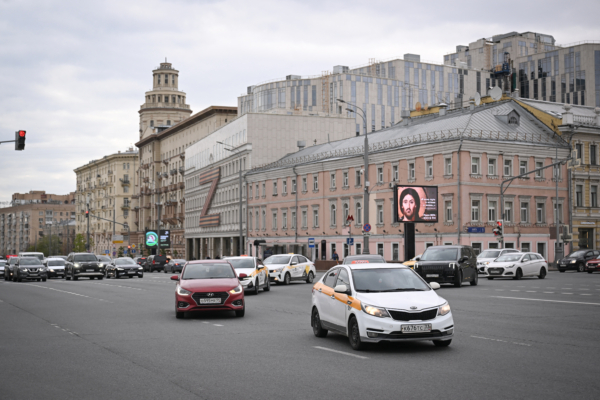Since the outbreak of the Russia-Ukraine war, European and American automakers have been pulling out of Russia, with Chinese automotive brands filling the market gap in Russia. Within just two years, their market share has exceeded 60%. However, with the recent continuous increase in import tariffs on cars in Russia, the parallel export business of Chinese cars is beginning to cool off.
In the southeast of Moscow, the capital of Russia, there is Tianya International Automobile Center, the largest Chinese auto city in Russia, which opened just at the end of last year. At that time, Chinese cars were selling well in Russia, but now the market situation is becoming increasingly difficult and complex.
The rapid growth in demand has made the Russian market a hot spot for Chinese automotive brands to export, bringing the parallel export business into the public eye. Parallel export refers to the trade form in which dealers purchase cars domestically, register them, and then export them abroad under the guise of second-hand cars.
Gao Lei, the sales director of Jiangsu Shijixing, recently told Jiemian News that with more cars available in the market, more players are entering the scene, making the market increasingly competitive and squeezing profit margins.
As the market changes, policies are also tightening. Russia has implemented two new policies regarding car imports this year, directly increasing the cost of exporting cars from China to Russia.
Over the past two years, most of the ways in which cars were exported from China to Russia under the guise of parallel exports or second-hand car exports went through ports in Xinjiang and Heilongjiang to Central Asia and Russia. With EAEU countries, such as Kyrgyzstan, exporting to Russia at lower customs duty rates, many dealers choose to first transport vehicles to Central Asian countries for transhipment before sending them to Russia. This allows them to avoid high taxes and earn more profit.
Starting from April 1 this year, Russia implemented a new policy on car imports, which means that vehicles previously exported from China through Central Asian countries before being sent to Russia under parallel export or second-hand car export schemes will now need to pay various taxes, losing their original low customs cost advantage.
Furthermore, Russia announced that from October 1 this year, the vehicle scrappage tax would increase by 70% to 85%, with annual increments of 10% to 20% from next year until 2030.
The changes in Russian policies mean that the threshold and costs for Chinese businessmen to continue doing parallel export business are increasing. Many Chinese traders have already begun to withdraw from the market.

